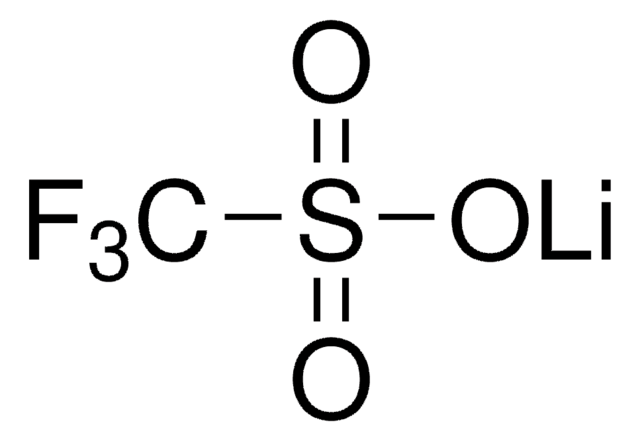30-2730
Óxido de titanio (IV)
JIS special grade, ≥99.0%
Sinónimos:
Dióxido de titanio, Titania
About This Item
Productos recomendados
grade
JIS special grade
assay
≥99.0%
form
solid
composition
rutile, ~90%
reaction suitability
reagent type: catalyst
core: titanium
availability
available only in Japan
mp
>350 °C (lit.)
density
4.26 g/mL at 25 °C (lit.)
storage temp.
15-25°C
SMILES string
O=[Ti]=O
InChI
1S/2O.Ti
InChI key
GWEVSGVZZGPLCZ-UHFFFAOYSA-N
¿Está buscando productos similares? Visita Guía de comparación de productos
Storage Class
11 - Combustible Solids
wgk_germany
nwg
flash_point_f
Not applicable
flash_point_c
Not applicable
Certificados de análisis (COA)
Busque Certificados de análisis (COA) introduciendo el número de lote del producto. Los números de lote se encuentran en la etiqueta del producto después de las palabras «Lot» o «Batch»
¿Ya tiene este producto?
Encuentre la documentación para los productos que ha comprado recientemente en la Biblioteca de documentos.
Nuestro equipo de científicos tiene experiencia en todas las áreas de investigación: Ciencias de la vida, Ciencia de los materiales, Síntesis química, Cromatografía, Analítica y muchas otras.
Póngase en contacto con el Servicio técnico


